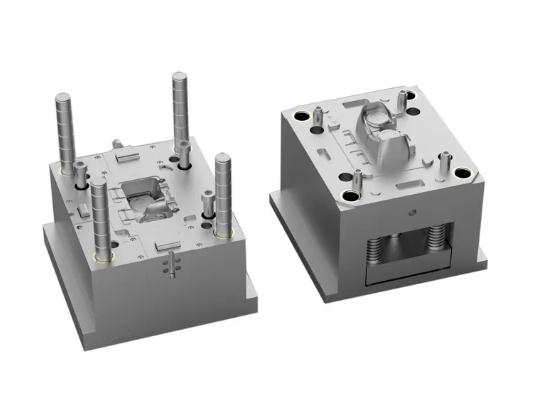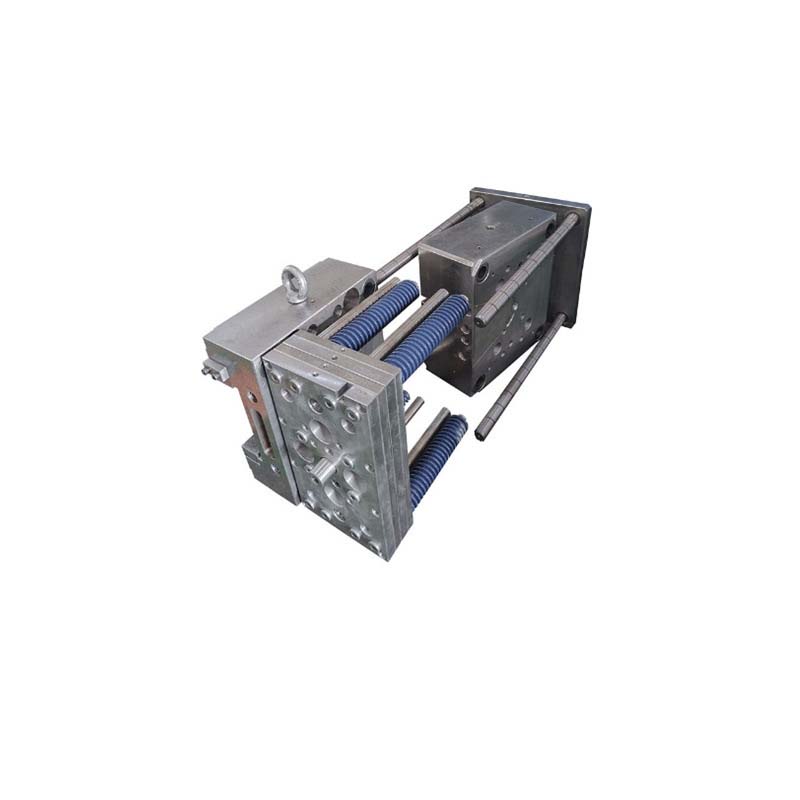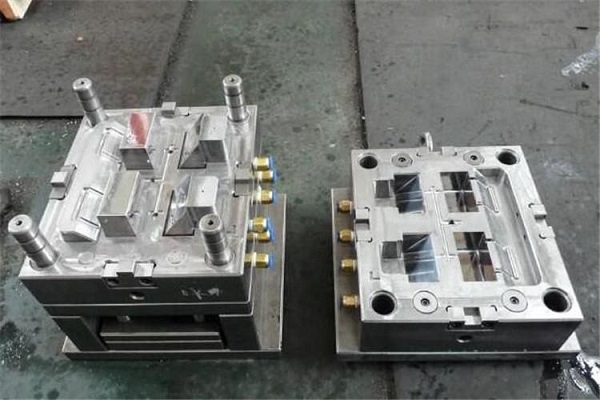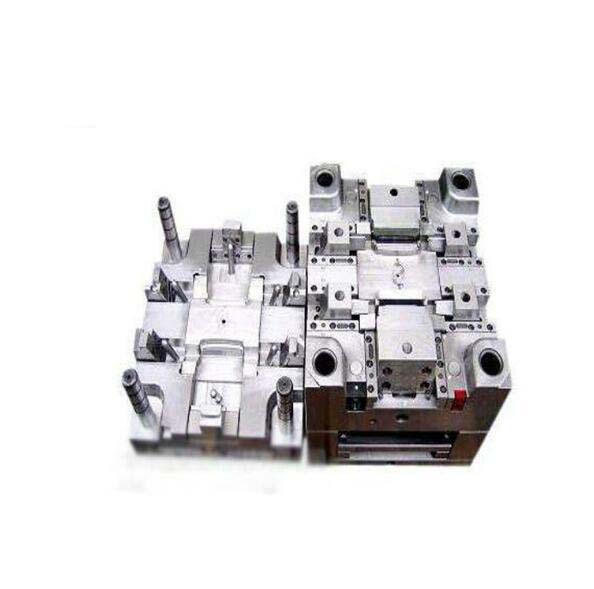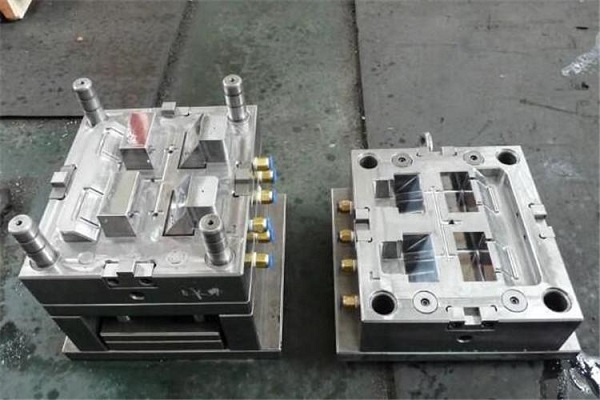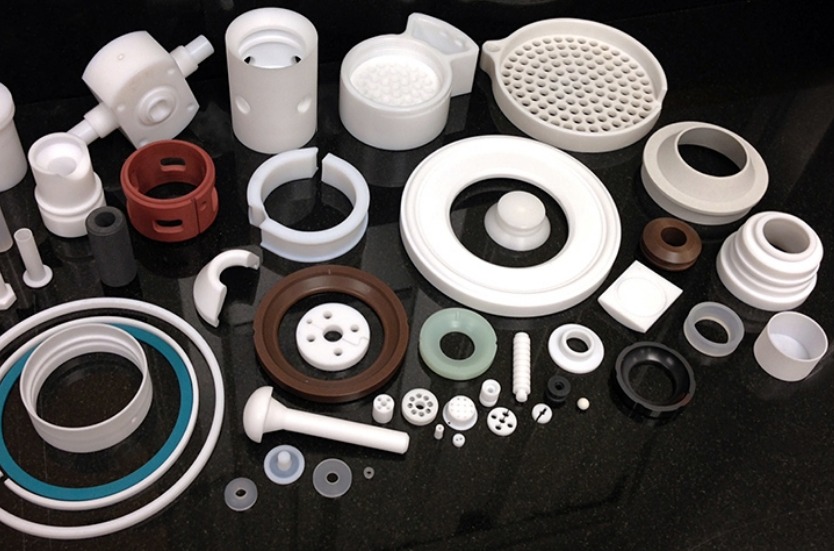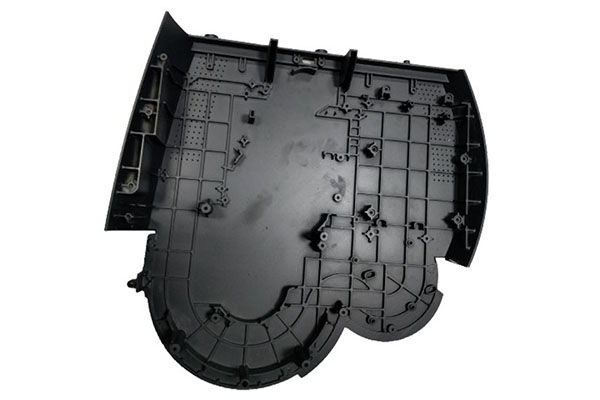Introduction
Definition and Significance of Automobile Mould
An automobile mould is a kind of industrial mould used to manufacture various components of automobiles. It serves as a crucial tool in the automotive manufacturing industry, playing a decisive role in the production process.
In the production of automobiles, the accuracy and quality of components are of utmost importance, and automobile moulds are the key determinants of these factors. For example, high - precision moulds can ensure that the produced automotive parts have precise sizes, such as the body panels with smooth surfaces and seamless fits, which not only improve the aesthetics of the vehicle but also enhance its aerodynamic performance. Precise mould - made parts like engine components can guarantee the stable operation of the engine, reducing fuel consumption and emissions. In addition, the use of high - quality moulds can improve production efficiency. With well - designed moulds, the manufacturing process can be automated and mass - produced, greatly shortening the production cycle. For instance, a modern automotive production line can produce hundreds of vehicles per day with the help of efficient moulds. Therefore, automobile moulds are the cornerstone of the automotive manufacturing industry, directly affecting the quality, cost, and production efficiency of automobiles.
Common Processing Technologies for Automobile Mould
CNC Machining
CNC (Computer Numerical Control) machining is a widely used technology in automobile mould manufacturing. It offers high precision and the ability to process complex shapes. With the precise control of computer - aided programs, CNC machines can achieve extremely accurate movements, and the machining accuracy can reach ±0.01 - 0.02 mm for general - purpose CNC machines, while high - end ones can even reach up to ±0.001 mm. For example, in the production of automobile moulds, CNC machining is often used to manufacture complex - shaped cores and cavities. When making the mould for a car door panel, the CNC machine can accurately carve out the intricate curves and shapes according to the design drawings, ensuring that the produced mould can form door panels with precise dimensions and smooth surfaces. Different types of CNC equipment also have different parameter characteristics. For instance, a three - axis CNC machining center is suitable for processing relatively simple three - dimensional mould parts, while a five - axis CNC machining center can handle more complex geometries from multiple angles, significantly improving the processing efficiency and quality of complex moulds.
Electrical Discharge Machining (EDM)
EDM, or Electrical Discharge Machining, works on the principle of using electrical discharges between an electrode and the workpiece in a dielectric fluid. These discharges generate intense heat, which melts and vaporizes small amounts of the workpiece material, gradually shaping it. This technology has unique advantages, especially when dealing with high - hardness materials and complex - shaped moulds. Since it does not rely on mechanical cutting forces, it can easily process materials such as hardened steel, which are difficult to machine by traditional methods. In the manufacturing of automobile engine moulds, EDM is often employed. The engine moulds usually have complex internal structures and high - precision requirements. EDM can accurately create the fine details and complex cavities of the engine moulds, ensuring the quality and performance of the engine components produced by these moulds.
Injection Molding
Injection molding is a key process for manufacturing plastic automobile mould components. The principle is to heat plastic materials to a molten state, inject them into a mold cavity under high pressure, and then cool and solidify them to form the desired shape. This method is highly efficient and suitable for large - scale production. For example, plastic components such as car interior trims, bumpers, and dashboard parts are often produced through injection molding. Different plastic materials have different injection - molding parameters. Here is a simple table showing some common plastic materials and their approximate injection - molding parameters:
| Plastic Material | Barrel Temperature (°C) | Injection Pressure (kg/cm³) | Mold Temperature (°C) |
| ABS | 200 - 250 | 700 - 1500 | 60 - 90 |
| PP | 170 - 250 | 800 - 1400 | 20 - 70 |
| PS | 190 - 210 | 600 - 1800 | 15 - 50 |
Characteristics of Automobile Mould Processing Technology
High Precision Requirements
Automobile moulds demand extremely high precision. For example, in the production of plastic automotive components, according to the national standard GB/T 14486 - 2008 "Plastic Moulded Part Dimension Tolerances", for A - level precision injection - molded parts, the linear dimension tolerance range is ±0.1% - ±0.2%, and the angle tolerance is ±0.2° - ±0.3°. In the manufacturing of engine components with moulds, the dimensional tolerances of parts are often in the micron level. High - precision moulds ensure that the produced automotive parts fit precisely together. This not only improves the overall performance of the vehicle, such as enhancing the sealing performance of doors and windows, but also plays a crucial role in ensuring driving safety. If the precision of the mould is insufficient, it may lead to problems like air leakage in the vehicle, abnormal noise during driving, and in severe cases, affect the structural integrity of the vehicle.
Complex Shape and Structure
Automobile moulds often have complex shapes and structures. Take the automobile body panel mould as an example. The outer surface of the car body panel needs to meet strict aesthetic requirements, with smooth curves and complex shapes. The 3D design diagram of such a mould (as shown below) reveals its intricate structure. There are numerous curved surfaces, ribs, and complex features in the mould, which are designed to accurately form the corresponding parts of the car body panel. These complex structures require advanced processing technologies and high - level design capabilities to ensure that the final product meets the design requirements.
Material Diversity
A variety of materials are used in the manufacture of automobile moulds. Common materials include different types of steel, such as 45# steel, P20 steel, and 718 steel, as well as copper, aluminum, and some high - performance alloys. Here is a table comparing the performance of some common materials:
| Material | Hardness (HRC) | Tensile Strength (MPa) | Heat Resistance (°C) | Application Scenarios |
| 45# Steel | 170 - 217 | 600 | About 450 | General - purpose mould parts, such as some simple - shaped mould bases |
| P20 Steel | 28 - 34 | 1000 | About 550 | Plastic moulds, especially suitable for making injection - moulding moulds for automotive interior parts |
| 718 Steel | 32 - 36 | 1100 | About 600 | High - quality plastic moulds, often used for making moulds for automotive exterior plastic parts with high surface quality requirements |
| Aluminum Alloy | 40 - 150 (depending on the alloy type) | 200 - 500 (depending on the alloy type) | About 200 - 300 | Moulds for parts that require light weight, such as some small - scale and lightweight automotive plastic parts moulds, and also used in some cases where heat dissipation is important |
Each material has its own unique performance characteristics and is suitable for different types of automobile moulds and production requirements. For example, high - strength steels are often used for moulds that need to withstand high pressure and large - scale production, while aluminum alloys are more suitable for applications where weight reduction and good heat dissipation are required.
Comparison of Different Processing Technologies
Efficiency Comparison
The efficiency of different processing technologies varies significantly. CNC machining, with its precise control system, can process parts at a relatively stable speed. For a medium - sized automobile mould part with a complexity level of 3 (on a scale of 1 - 5, 1 being the simplest and 5 being the most complex), it usually takes about 10 - 15 hours to complete the processing. EDM, on the other hand, is a relatively slow - paced process. Due to the need for continuous electrical discharges to erode the material, the same medium - sized part may take 20 - 30 hours to be processed. Injection molding is highly efficient in mass production. Once the mold is set up, a single - cavity mold can produce one plastic automobile mould component in about 2 - 5 minutes, and a multi - cavity mold can produce even more parts in the same time frame. Here is a simple graph to illustrate the approximate processing time of different technologies for the same type of part:
Cost Comparison
Cost is an important factor to consider when choosing a processing technology. The cost of CNC machining mainly includes equipment cost, material cost, and labor cost. High - precision CNC machines can cost from tens of thousands to hundreds of thousands of dollars. The material cost depends on the type of material used, such as steel or aluminum. Labor cost is also relatively high as skilled operators are required to program and operate the machines. For a set of automobile moulds with a production quantity of 100, the estimated cost of CNC machining may be around \(50,000 - \)80,000.
EDM has high equipment investment as well, especially for high - precision EDM machines. The electrode materials used in EDM also add to the cost. In addition, the processing time is long, which increases the labor cost. For the same set of 100 - quantity automobile moulds, the cost of EDM processing may be approximately \(60,000 - \)90,000.
Injection molding has a high initial investment in mold manufacturing. A high - quality injection mold for automobile plastic parts can cost from \(30,000 - \)100,000. However, in mass production, the unit cost of each part is relatively low. When the production quantity reaches 10,000, the cost per part can be as low as \(2 - \)5. Here is a cost - comparison table for different processing technologies for the production of 100 automobile moulds:
| Processing Technology | Equipment Cost ($) | Material Cost ($) | Labor Cost ($) | Total Cost ($) |
| CNC Machining | 30000 - 50000 | 10000 - 20000 | 10000 - 10000 | 50000 - 80000 |
| EDM | 40000 - 60000 | 10000 - 20000 | 10000 - 10000 | 60000 - 90000 |
| Injection Molding (including mold cost) | 30000 - 100000 (mold cost) | 5000 - 10000 | 5000 - 10000 | 40000 - 120000 (but unit cost decreases with high - volume production) |
Precision Comparison
Precision is crucial in automobile mould processing. CNC machining can achieve very high precision. As mentioned before, general - purpose CNC machines can reach an accuracy of ±0.01 - 0.02 mm, and high - end ones can reach up to ±0.001 mm. This high precision makes it suitable for manufacturing mould parts with strict dimensional requirements, such as engine block moulds.
EDM also has good precision. It can generally achieve an accuracy of ±0.02 - 0.05 mm. Although it is not as precise as the highest - end CNC machining in some cases, its precision is sufficient for many complex - shaped mould parts that are difficult to machine by other methods. For example, in the processing of moulds with fine internal structures, EDM can ensure that the dimensional accuracy of the complex cavities meets the requirements.
Injection molding precision is relatively lower compared to the above two in some aspects. For general plastic injection - molded automobile parts, the dimensional tolerance is usually in the range of ±0.1 - 0.3 mm. However, with the development of technology, high - precision injection molding machines and molds can also achieve relatively high precision, but it still lags behind CNC machining and EDM in terms of absolute precision. Here is a simple comparison of the precision ranges of different processing technologies:
| Processing Technology | Precision Range |
| CNC Machining | ±0.001 - 0.02 mm |
| EDM | ±0.02 - 0.05 mm |
| Injection Molding | ±0.1 - 0.3 mm |
Yigu Technology's Viewpoint
Our Expertise in Non - standard Plastic Metal Products
Yigu Technology, as a professional non - standard plastic metal products custom supplier, has rich experience and professional capabilities. We have a team of highly skilled engineers and technicians who are proficient in a variety of manufacturing processes. Our advanced equipment enables us to handle complex design requirements. Over the years, we have successfully provided customized products for numerous industries, meeting their unique needs with high - quality solutions.
Insights on Automobile Mould Processing
We believe that the processing technology of automobile moulds is constantly evolving. New technologies such as advanced 3D printing in mould manufacturing are emerging, which can greatly shorten the development cycle of moulds. Customization is also crucial in the automobile mould industry. Different automobile models have unique design requirements, and we are committed to providing personalized services. By closely communicating with customers, we can accurately understand their needs and provide high - quality automobile mould processing solutions. Whether it's a small - batch production of special - shaped moulds or large - scale production of standard moulds, Yigu Technology is your reliable partner.
